After 10 years of persistently raising horseshoe crabs, Mr. Ho (Phong Thanh Tay B commune, Phuoc Long district, Bac Lieu province) has built a horsetail crab farm in the largest and most modern glass tank in the West with a total area of over 3,000m2, a capacity of 8,000-10,000 horseshoe crabs.
In 2014, after a period of ineffective crocodile farming, after researching and realizing that horseshoe crabs are easy to raise and bring high economic profits, he decided to invest in experimental farming.
During the process of raising, realizing the great potential of this type of livestock, he boldly switched completely to raising horseshoe crabs. After that, he imported more horseshoe crabs from Thailand to sell and multiply the herd. Up to now, his farm has always maintained a number of more than 5,000 parents and reserve horseshoe crabs.
Every year, his specialty breeding facility imports horseshoe crabs from Thailand for breeding and commercial farming.
Although the economic value is not as high as that of Vietnamese horseshoe crab, the advantage of Thai horseshoe crab is its fast growth rate and more abundant quantity than domestic breed sources, with a farming rate of 85%.
“With my experience in raising crocodiles and existing farms, I switched to raising horseshoe crabs and achieved good results. In addition to buying domestic breeds, I also found a source from Thailand to continuously import breeds to raise and expand the farm and sell breeds to local people,” said Mr. Ho.

Mr. Dang Long Ho (30 years old, residing in Phong Thanh Tay B commune, Phuoc Long district, Bac Lieu province) with his high-quality brood of horseshoe crabs at his family farm. The breed of horseshoe crab Mr. Ho chose to raise is Thai horseshoe crab, which has a lower price than Vietnamese horseshoe crab but still brings high economic efficiency.
After successfully raising horseshoe crabs in cement tanks, Mr. Ho continued to research to raise them in glass tanks for fattening and selling commercially. Before putting horseshoe crabs in, ripe bananas and banana trees should be soaked in water in the tank for about 2-4 weeks.
After that, clean the tank, treat the water to pH level of about 7 degrees before releasing the fry. Currently, there are about 50 cement tanks in total. There are about 1,000 glass tanks. Each tank is used to fatten only one horse crab. The water level in the tank is about 10cm, and a system is installed to change the water, clean the tank and a synchronized food container.
“Reproduction horseshoe crabs are raised in cement tanks, while fattening for sale is raised in glass tanks. In cement tanks, they are raised in groups or pairs, about 3 females and 1 male in a tank with an area of about 2-4 square meters. When horseshoe crabs in cement tanks reach about 1 kg, I will transfer them to glass tanks, 1 crab per tank, for fattening,” Mr. Ho revealed.
When raised in glass tanks, horseshoe crabs will be fed industrial feed (40% protein). After about 1 year, horseshoe crabs will reach a weight of 7-8kg and then be sold for meat.
The advantage of raising horseshoe crabs in glass tanks is easy observation and care, reduced loss rate, and better meat quality than raising them in cement tanks.
Mr. Ho also successfully researched an automatic water change and feeding system to install in the tank. Thanks to that, it helps save time for care. Horse crabs can reproduce after about 3.5 years. Horse crabs reproduce about 3 times a year, each time laying 8-12 eggs.
To raise this reptile effectively, to have horseshoe crabs reproduce well, the most important step is to select the breed. Horsetail crabs must not be humped, deformed, or too fat. In particular, the breeding and commercial farming methods must be different.
Every year, he sells 30,000-40,000 baby horseshoe crabs, priced at 350,000 VND/crab, and the price of meat is from 400,000-460,000 VND/kg. Thanks to that, he earns a profit of nearly 2 billion VND/year.
Currently, his facility has completed the necessary documents to export crab meat and crab seeds to foreign countries. In the near future, Mr. Ho will have his first order of crabs to export to Japan.
Mr. Ho also undertakes the purchase and sale of horseshoe crabs to help local people have a stable output. In addition, he also enthusiastically supports horseshoe crab farming techniques for young people who want to start a business with horseshoe crabs.
In addition to raising horseshoe crabs, Mr. Ho also raises civets to sell as breeders. He currently owns a herd of more than 100 parent civets, preparing to sell the breeders to the market.
Source: https://danviet.vn/nuoi-cua-dinh-dac-san-con-dong-vat-hoang-da-khong-lo-trai-dep-bac-lieu-loi-tien-ty-ngon-o-20241001194850593.htm










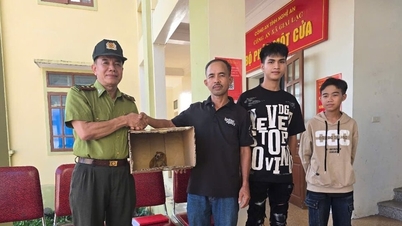

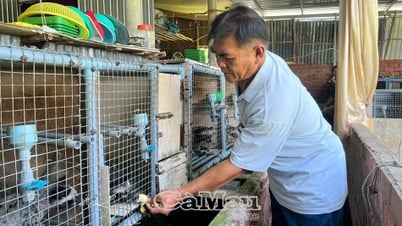

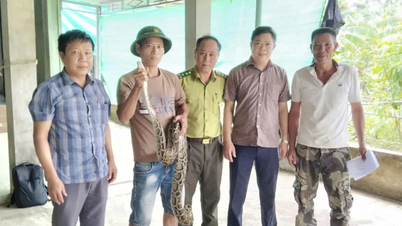
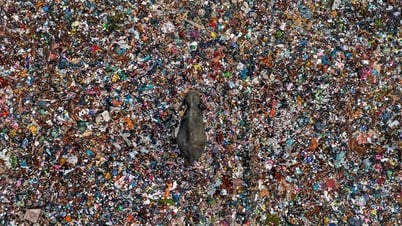

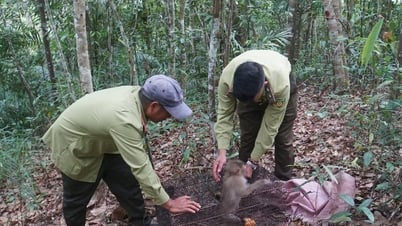

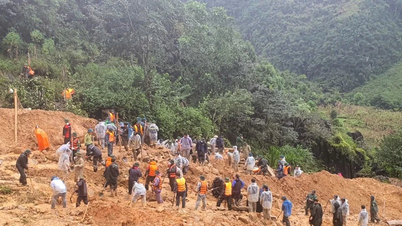

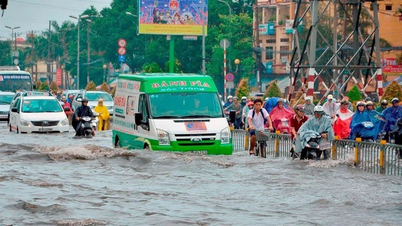
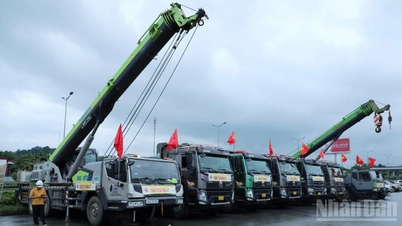
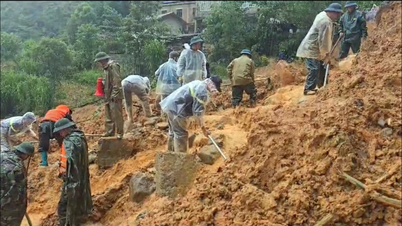
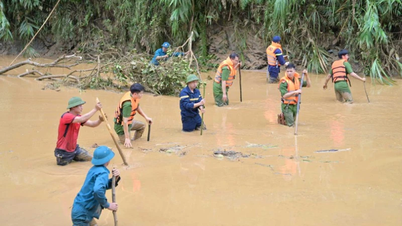
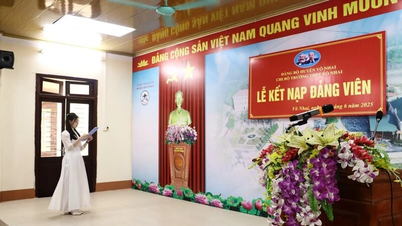




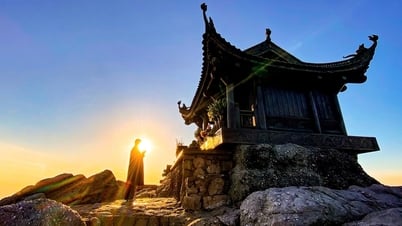
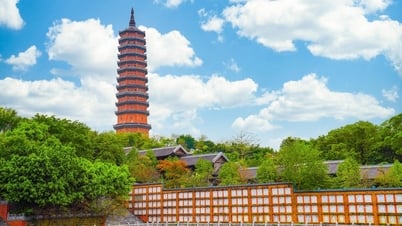


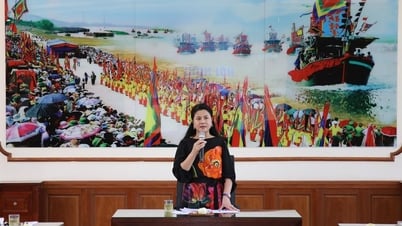
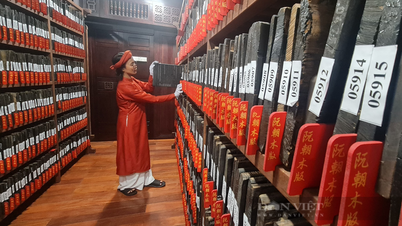







































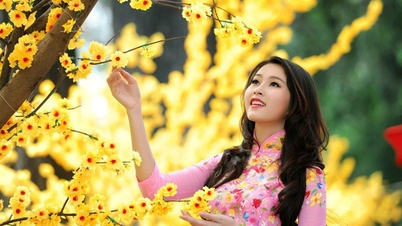
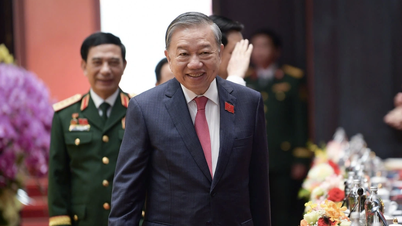






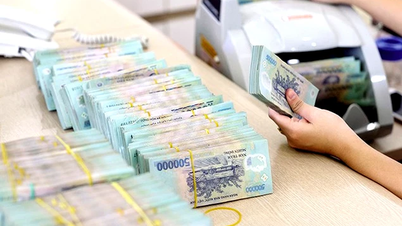

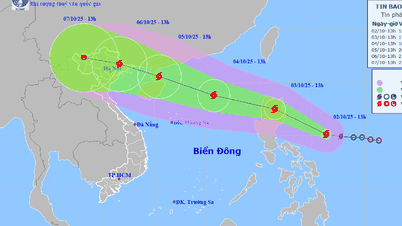
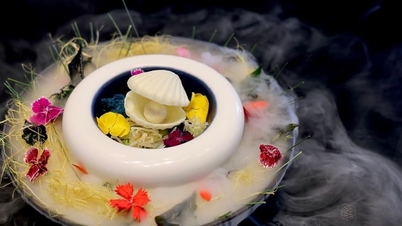

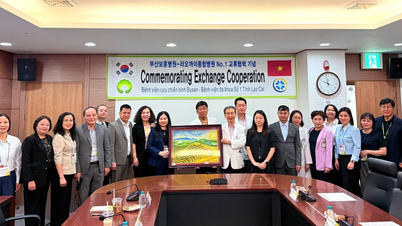



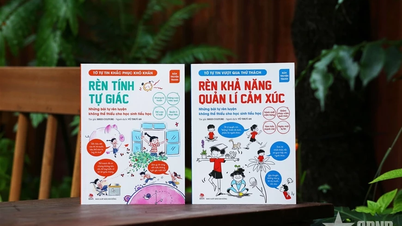













Comment (0)